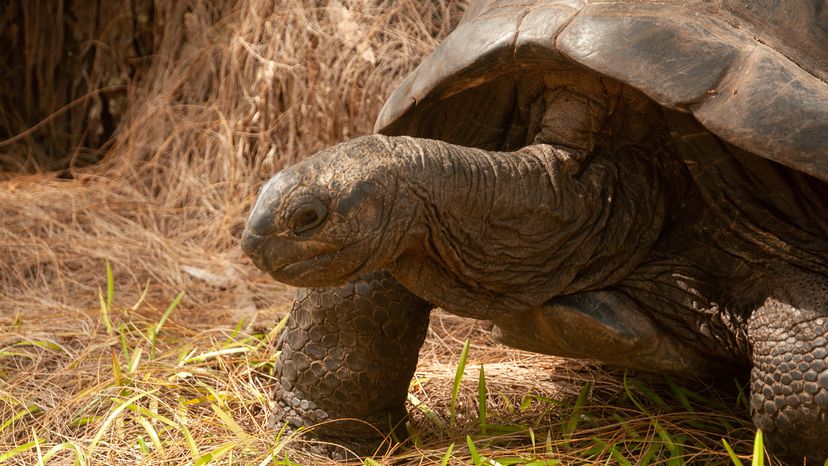
Key Takeaways
- The ocean quahog clam can live for more than 500 years, making it one of the longest-living animals.
- Bowhead whales can reach ages over 200 years, due to their slow metabolism and cold Arctic habitats.
- The Greenland shark, the longest-living vertebrate, can live up to 400 years, determined by radiocarbon dating of proteins in their eye lenses.
Jeanne Louise Calment, who lived to the ripe age of 122, witnessed incredible milestones in human history, from the unveiling of the Eiffel Tower to the advent of the internet. Her long life, spanning well over a century, is a testament to human resilience and longevity.
But 122 years is merely a starting point in the animal kingdom, where the world's longest-living animal has existed for hundreds of years. Yes, you read that right.
Advertisement
Within the diverse habitats of our planet, from the deepest oceans to the ancient lands, reside creatures whose life cycles extend far beyond what we've come to expect in human life.
Advertisement